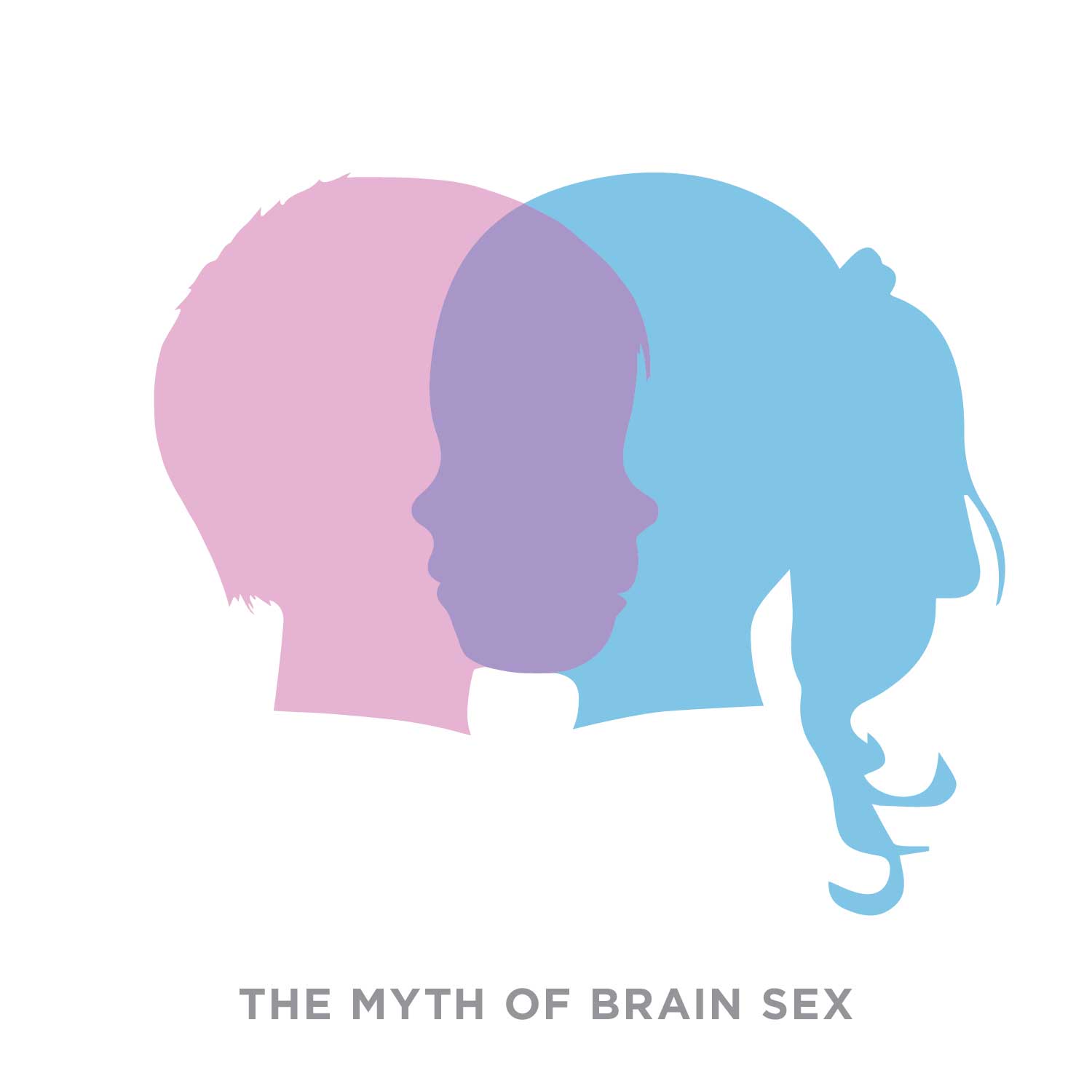Synopsis of “The Myth of Brain Sex”

By Julia Turan
Men are from Mars and women are from Venus! You may have first heard this expression years ago, or more recently as the title of the pop psychology book by John Gray.
During C2ST’s lecture and conversation, The Myth of Brain Sex, Lise Eliot, author and Associate Professor of Neuroscience at the Chicago Medical School of Rosalind Franklin University, and Aaron Freeman, comedian, science journalist and current Artist In Residence for C2ST, address whether or not there really are differences and how they come about.
The division between male and female brains is no new concept. Early studies of sex differences were used to keep women in their place. Psychiatrist James Crichton-Brown wrote around the turn of the 20th century that stronger blood flow in certain areas of the brain gave women “rapidity of thought and emotional sensitivity” and men “originality on higher levels of intellectual work, calmer judgment and stronger will.”
With each new development in science, comes a new method by which to explain sex differences. First it was blood flow, then brain scans and anatomy, and now genetics. While it may be fun to take a quiz for brain gender, “it’s a whole different story when these alleged hard-wired differences infuse our classrooms, infuse the military, infuse anywhere where we are trying to make advances,” says Eliot.
Seeing a resurgence in single sex education, segregating boys and girls, backed up by claims that “research solidly indicates that boys and girls learn differently,” Eliot wanted to know if the data really showed this.
Certain differences between males and females, like an average of 5 inches difference in height, are very statistically significant. Psychological differences, for instance the ability to recognize facial emotion, however, are not statistically significant. In other words, a study might find that women are slightly better at recognizing facial emotion, but this small difference is due to the random chance.
Researcher Janet Hyde found that nearly all of the sex differences studied in the last 50 years show modest behavioral differences. Meta-analysis is a golden standard of scientific research, as it takes every single study on a topic and extracts the average finding. Her research went a step further, performing a meta-analysis of 124 meta-analyses. One sex difference that was significant is differences in throwing accuracy.
Only thinking about these “hard-wired” differences, or lack thereof, ignores the drastic differences in how boys and girls are treated growing up, and in their adult lives. As Eliot says, we need to think about how these differences come about.
“We need to think about how one’s experience as a boy or girl is altering this very intensive brain development early in life,” says Eliot. Even something like vision, which we consider to be simpler than something like language learning, depends on experience. Experiments done before today’s ethical guidelines were in place showed that in animals raised with their left eye sewed shut, the part of the brain usually devoted to the left eye is used for other senses.
Eliot explains that while there are some early chromosomal and hormonal differences, sex differences are drastically shaped by experiences. Growing up as a boy or a girl is an entirely different experience. We can take these differences and amplify them, as our gender-coded environment really does. Or we can take the opportunity, through education, as Eliot suggests we should, to cross-train our boys and girls, before they are faced with our highly gender coded society.
When we look at the anatomy of the brain, there are some differences, but they are much more subtle than the popular perception. Men’s brains may be 10 percent larger on average than a woman’s but this is also true for other organs such as the heart, kidney or liver. Once this overall difference is accounted for, there are very few differences in our brains. Sex accounts for less than 1 percent of the variation of the size of various brain structures, so sex has an effect, but only at the population level.
So while there might be slight differences in the biology of our babies based on gender, the stronger forces at place are upbringing, culture and socialization. As Eliot puts it, “gender segregation and cultural expectations prevalent in our society pose really serious limitation on our children’s development.” To level the playing field, we should focus on these.
–Julia Turan triturated, pipetted, imaged, and analyzed, during her undergrad years studying neurobiology. Since then, she has shifted into the world of science communications, hoping to promote a language of science legible to all. Julia is currently completing an MSc in Science Communication and Public Engagement at the University of Edinburgh. Follow this link to subscribe to her weekly newsletter of five worthwhile science stories: http://tinyletter.com/juliaturan. Or follow her @JuliaTuran.